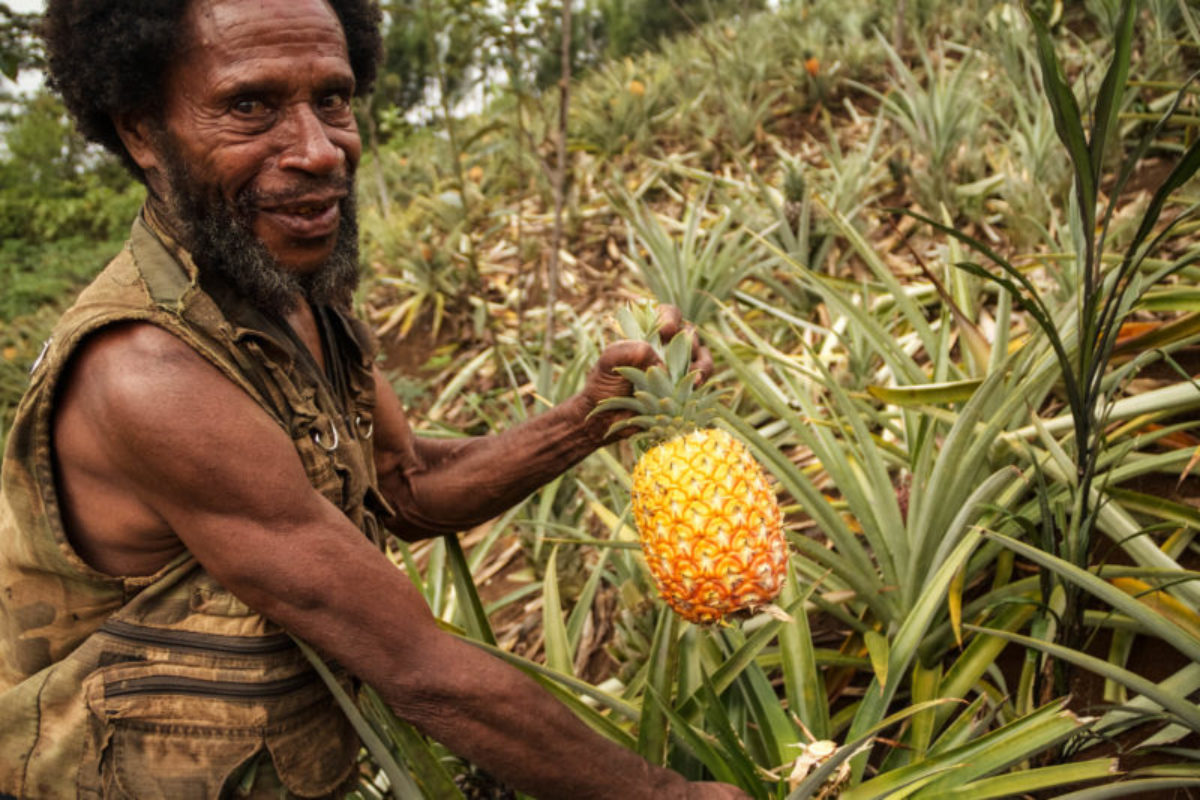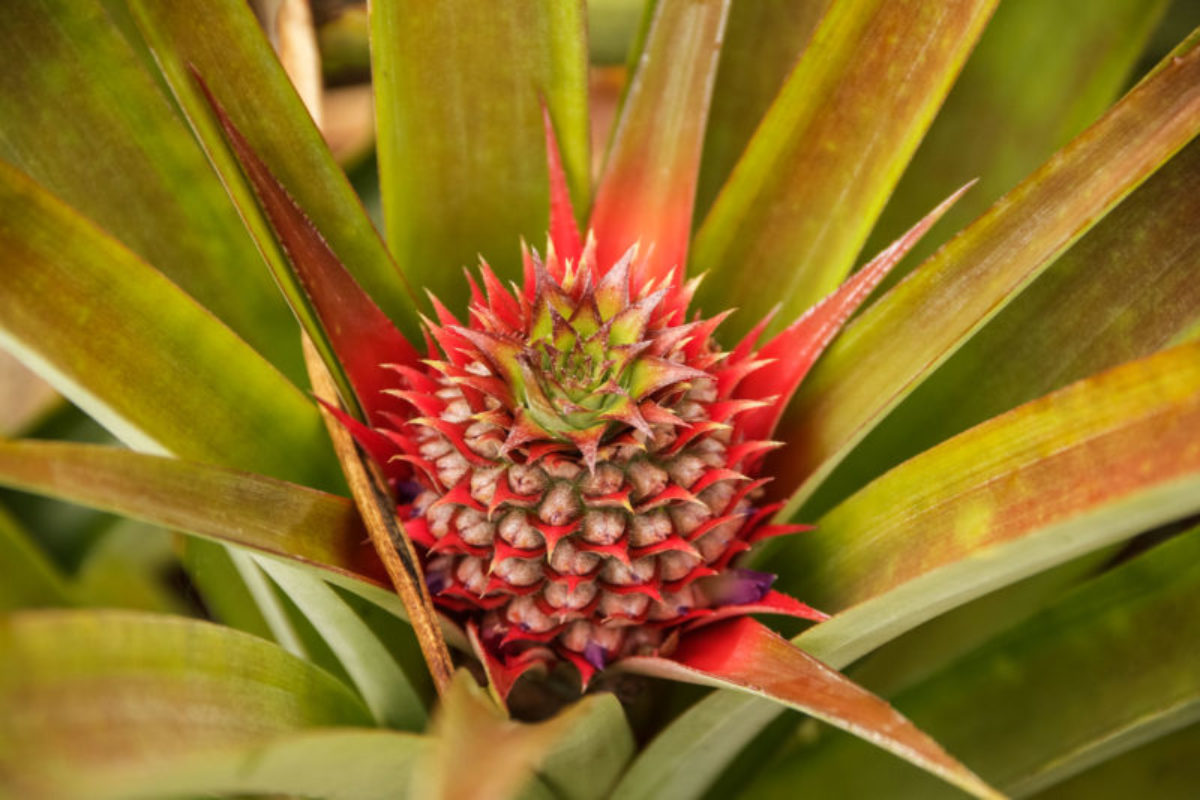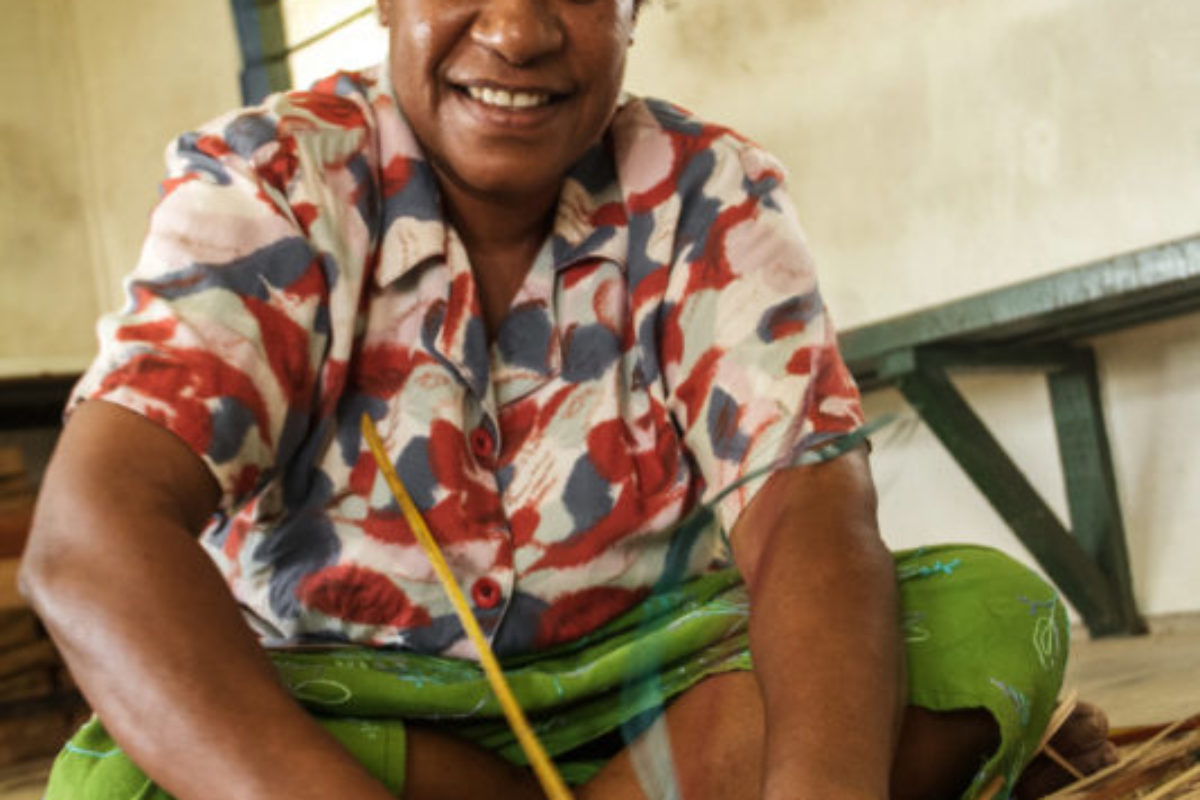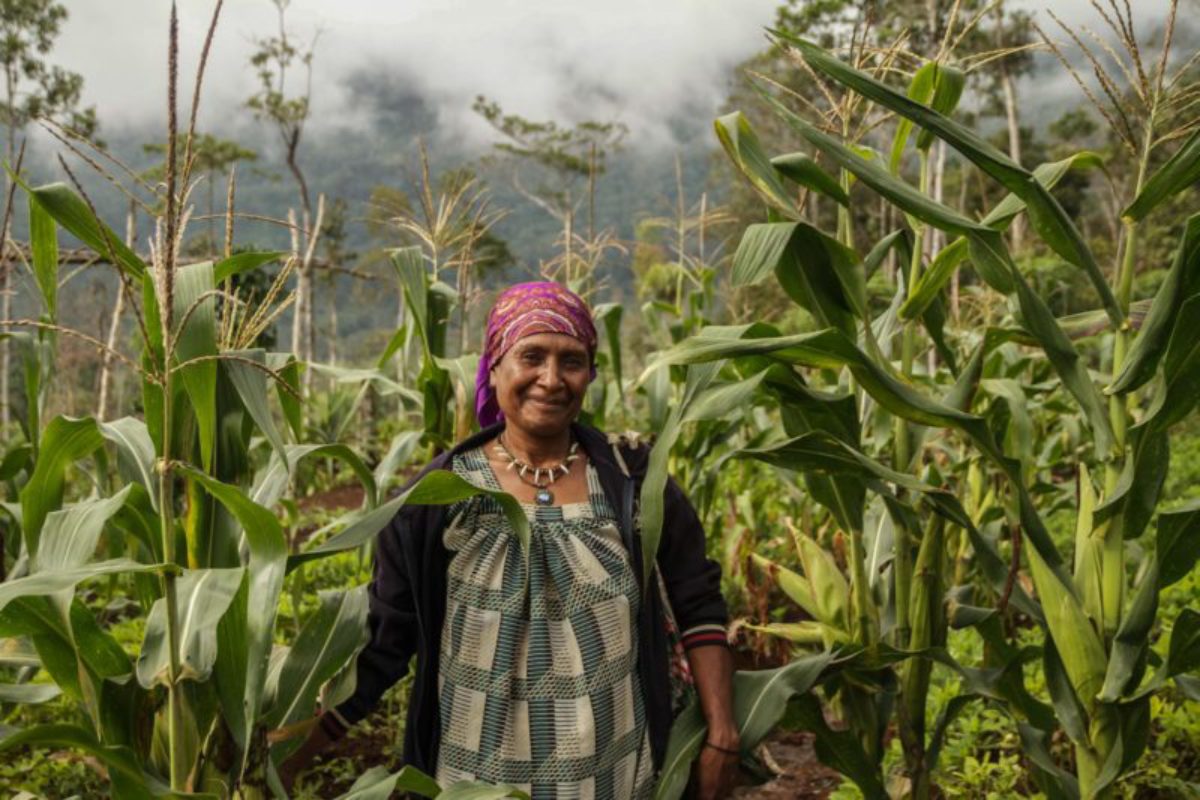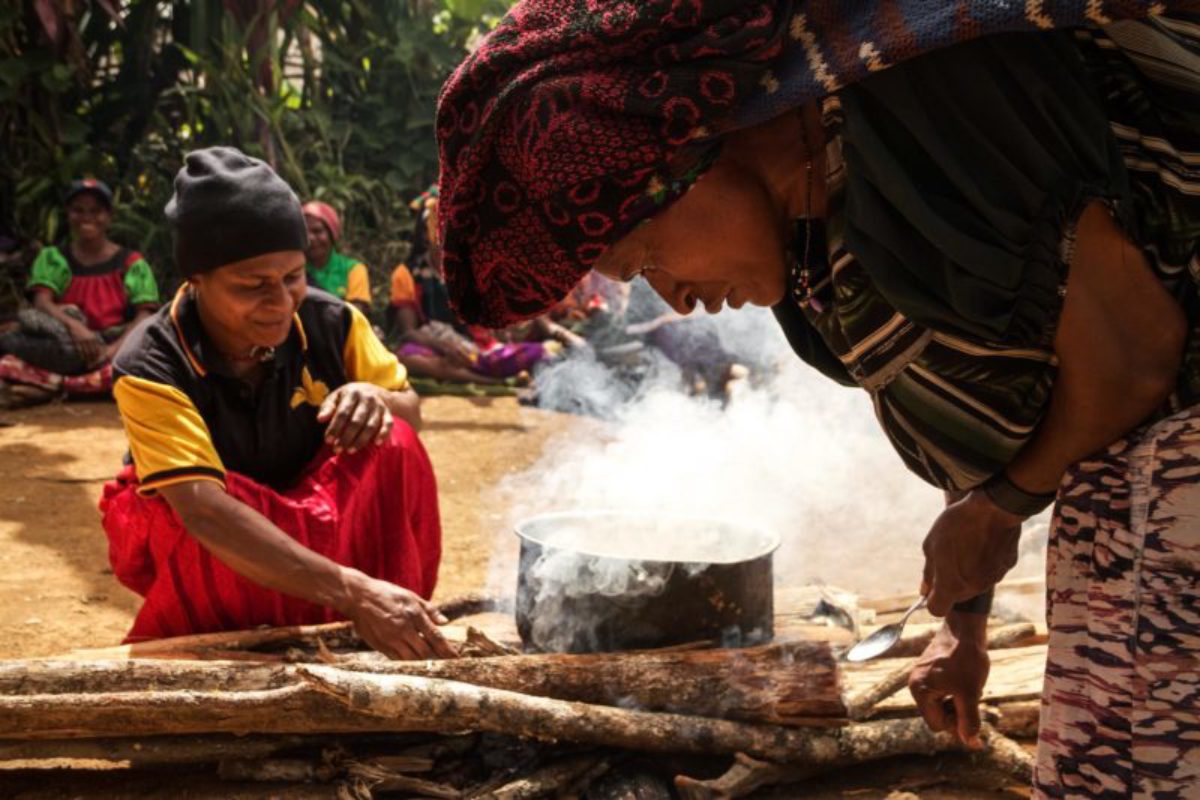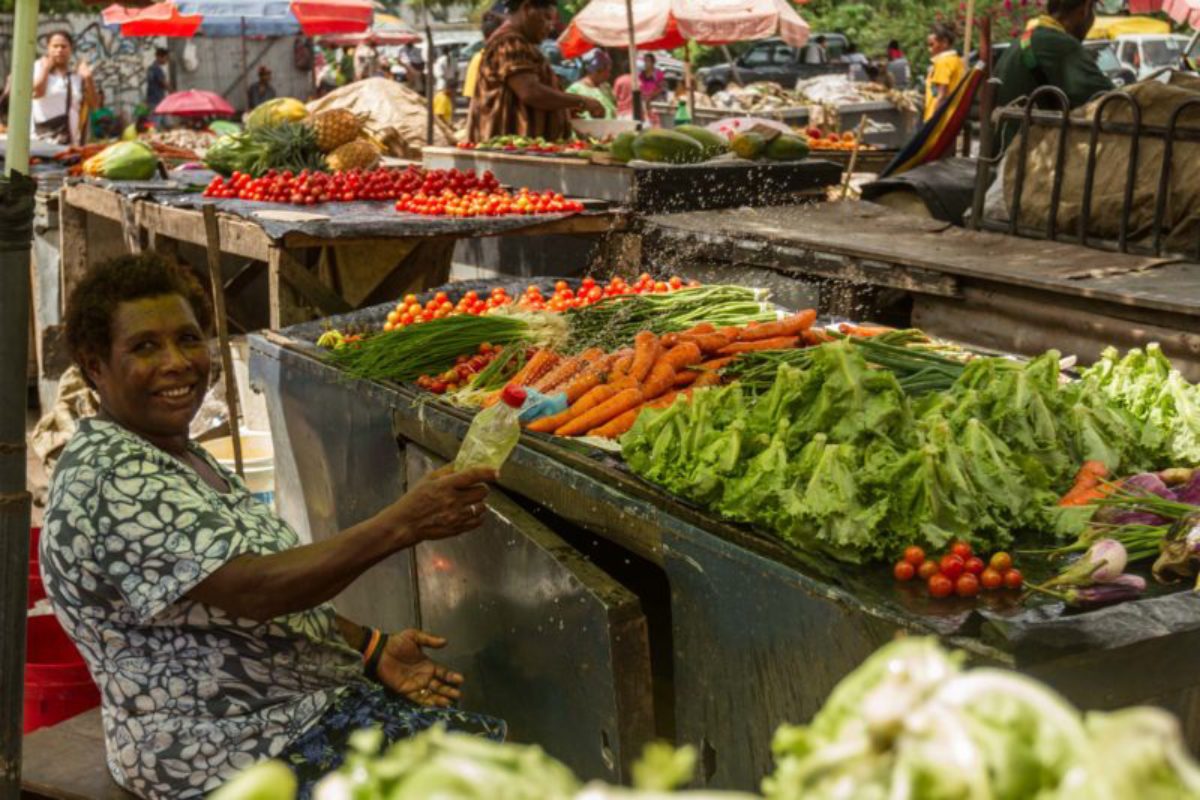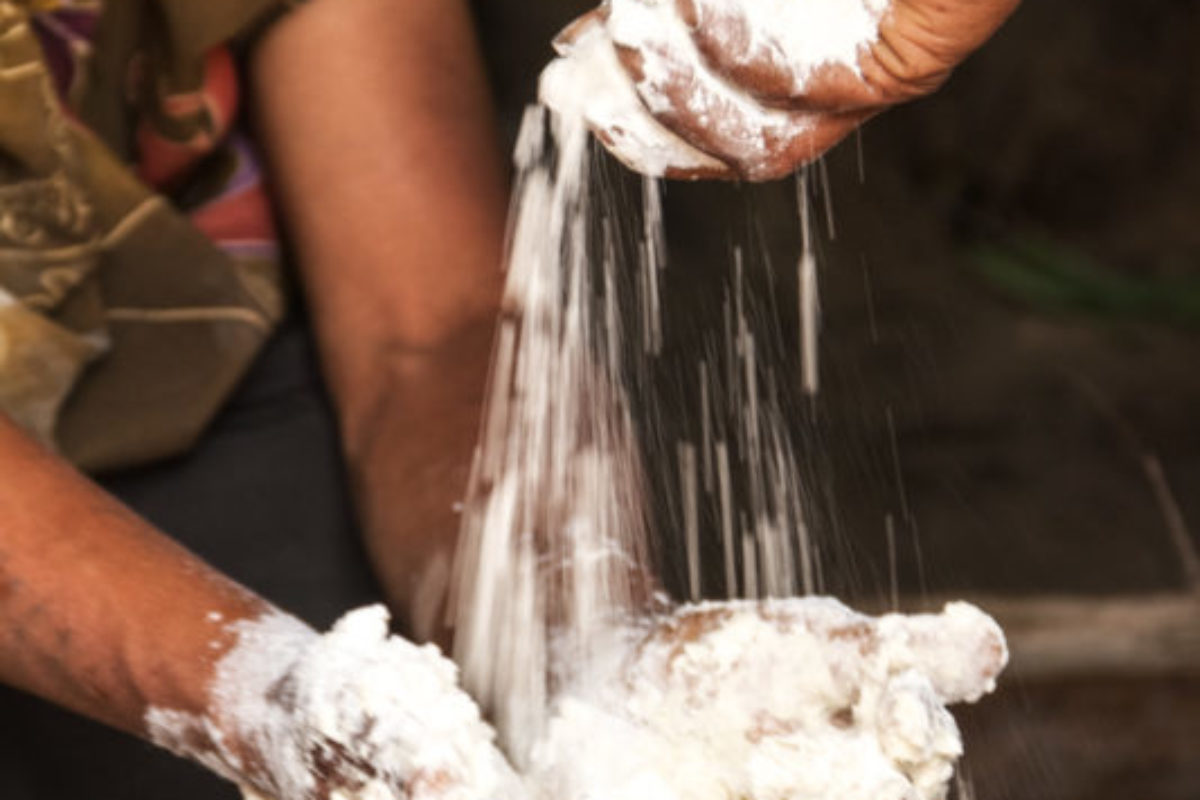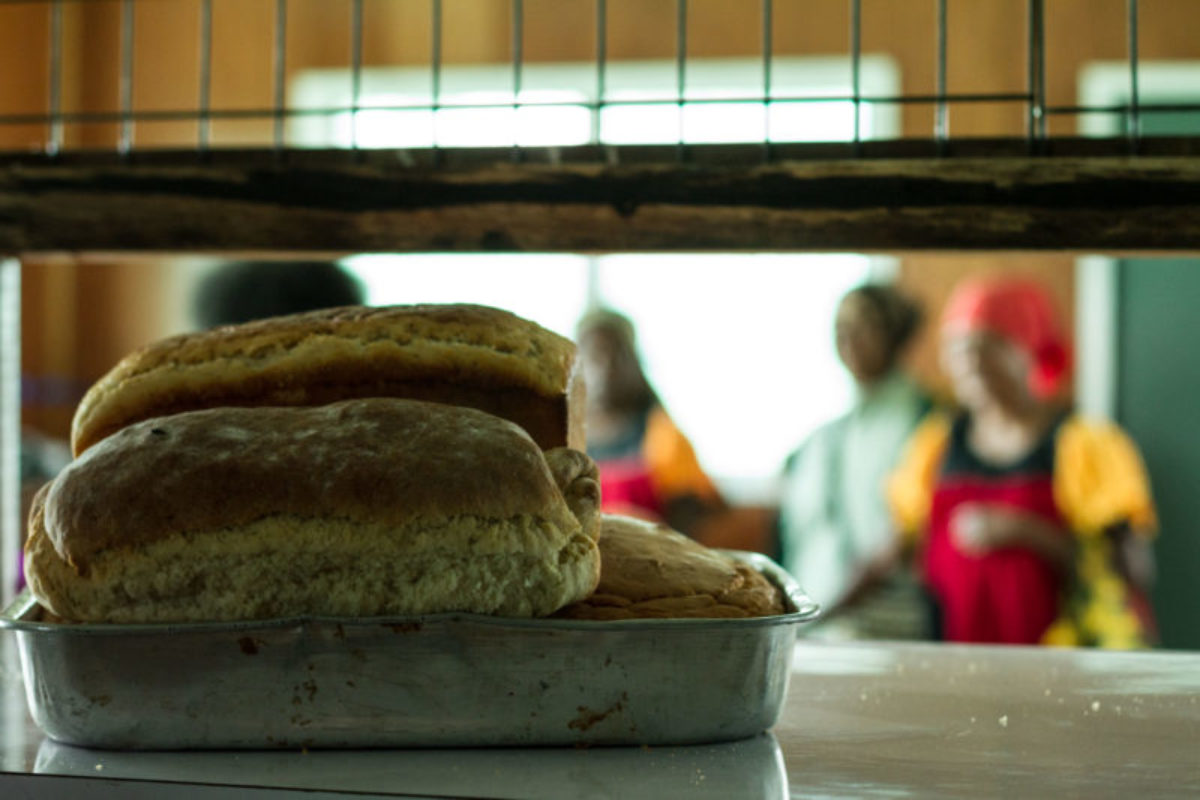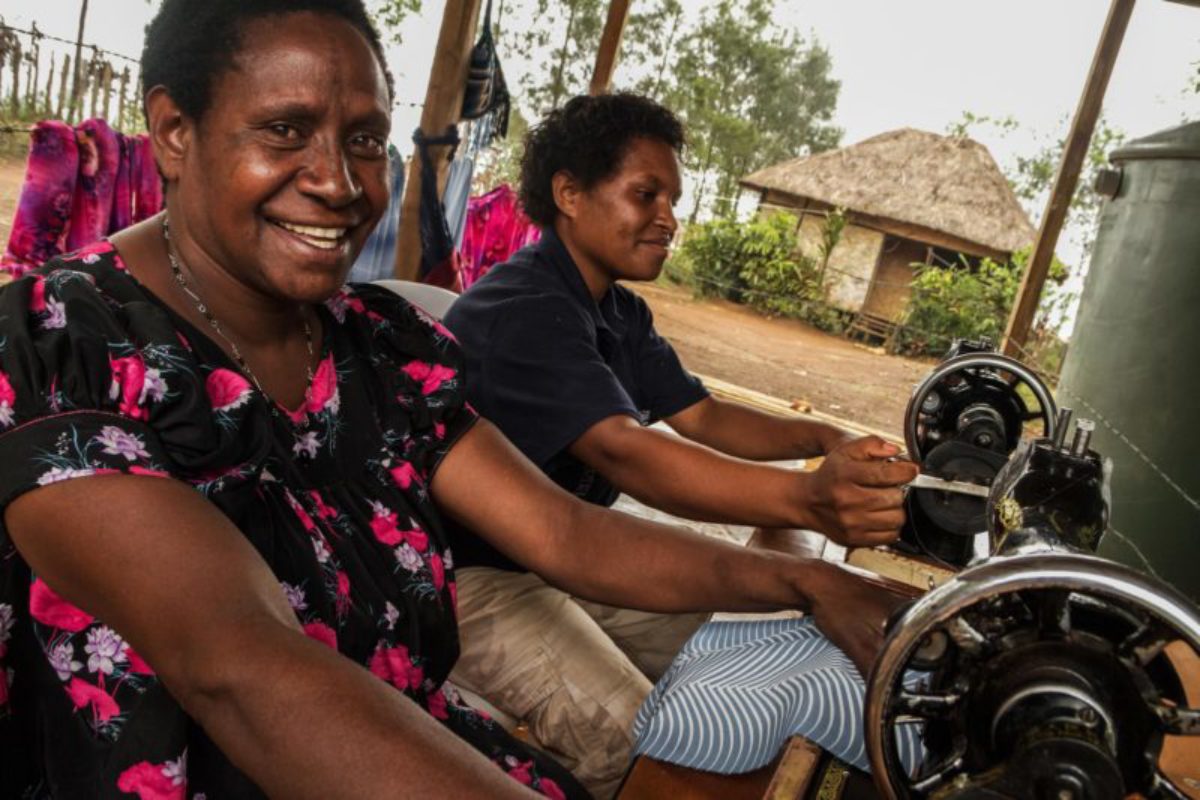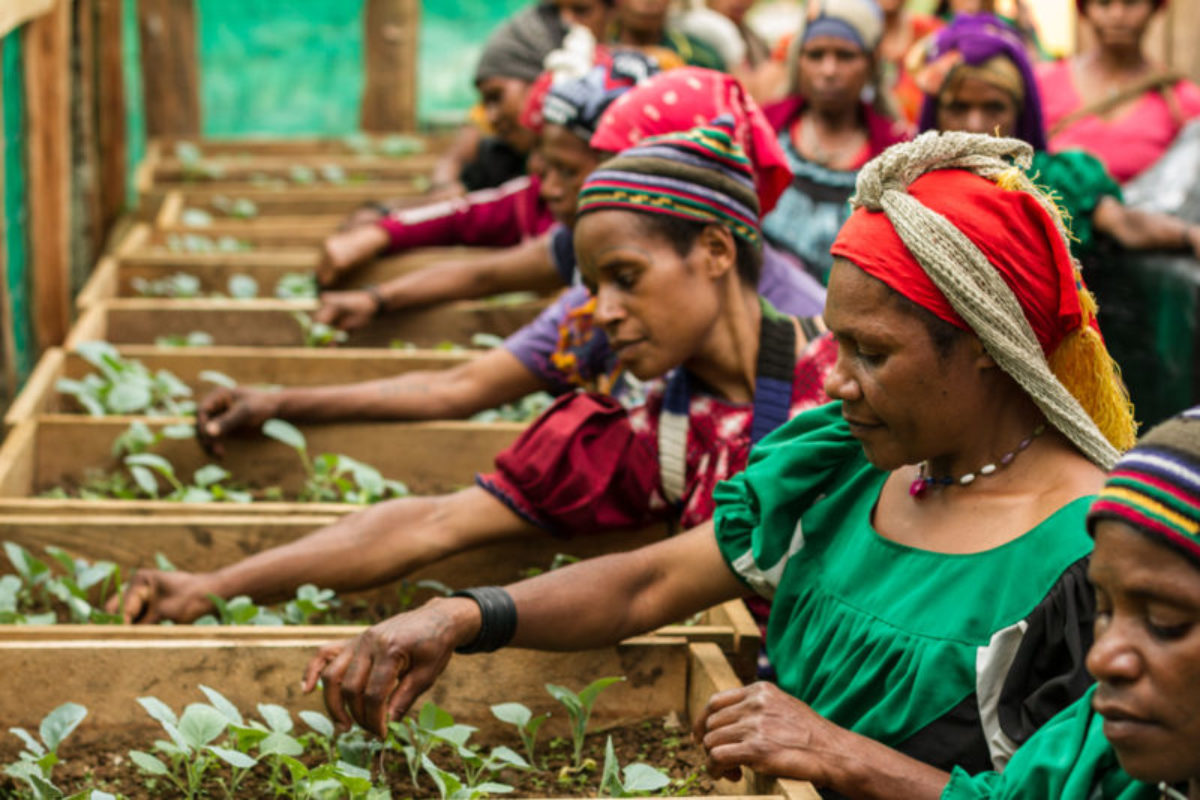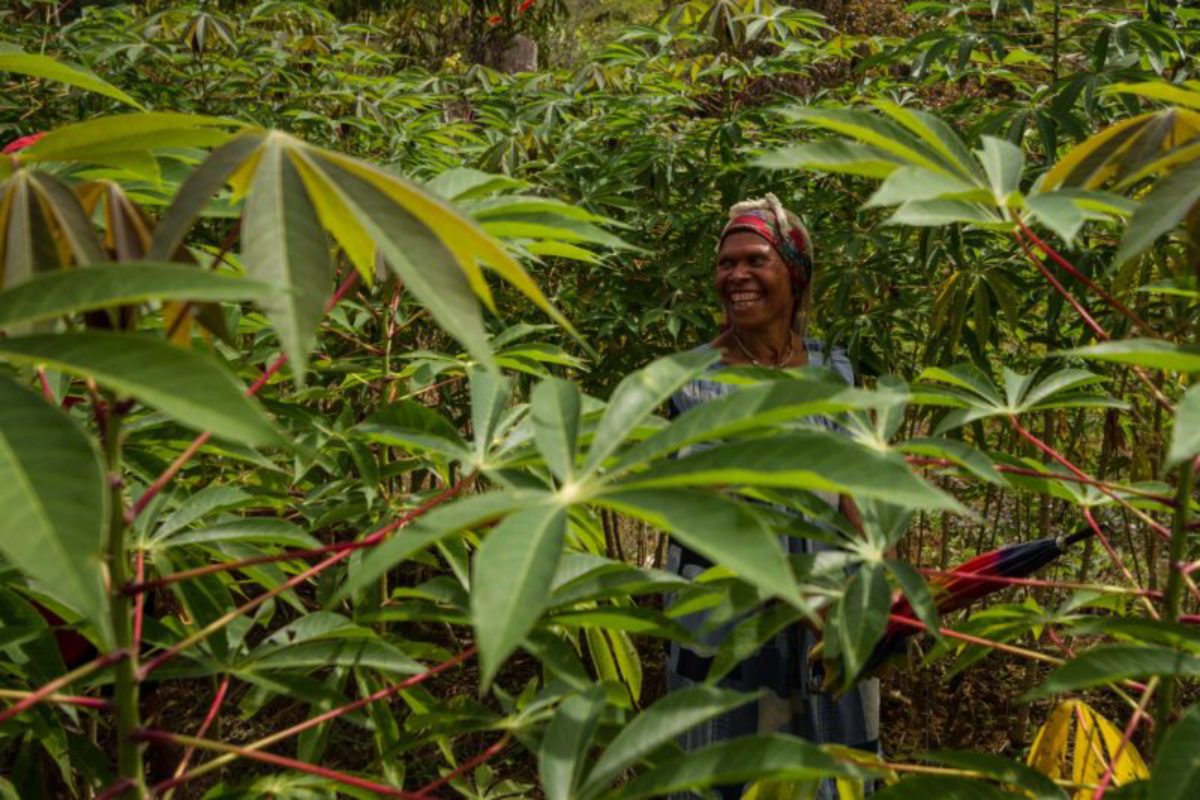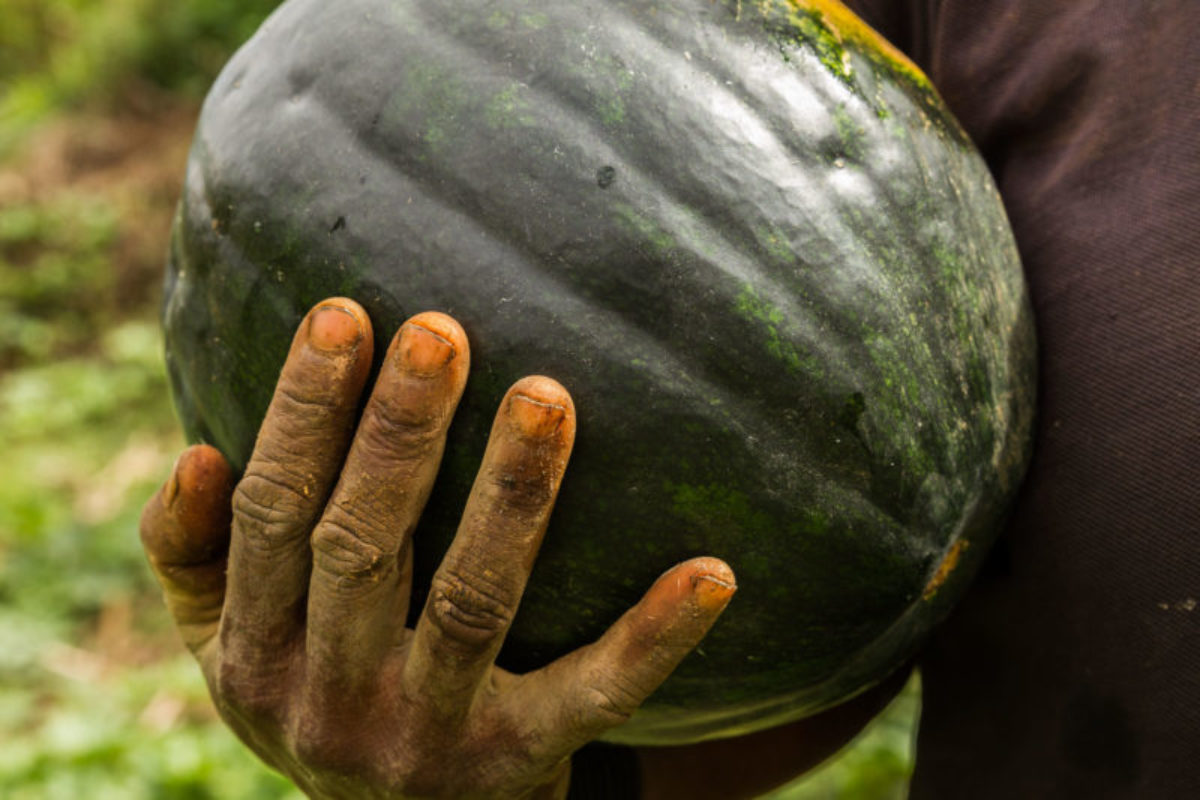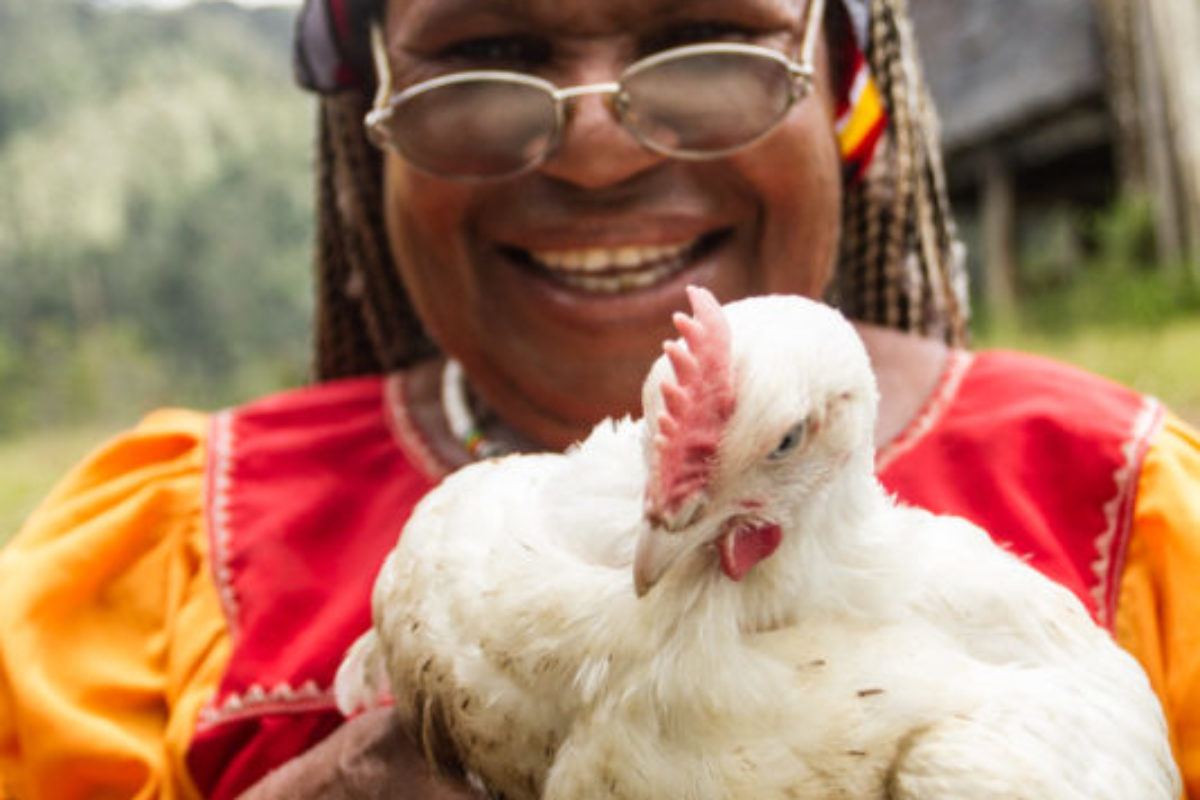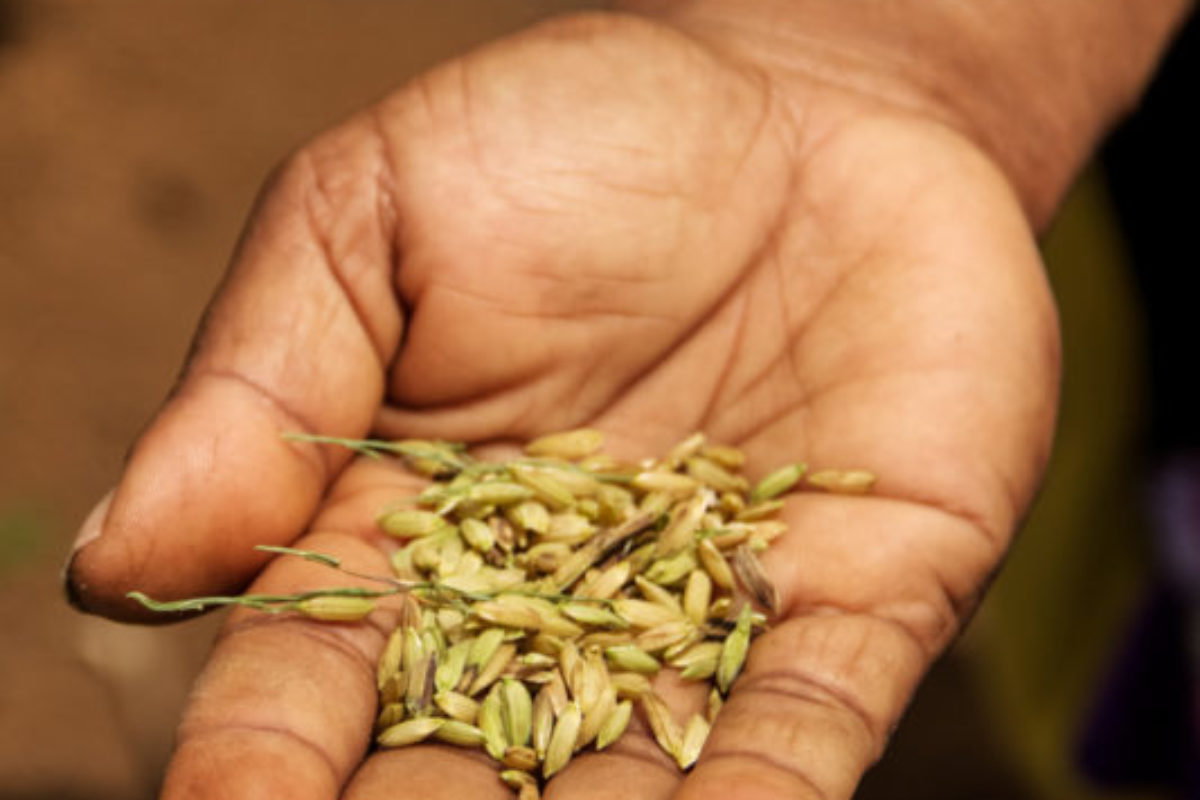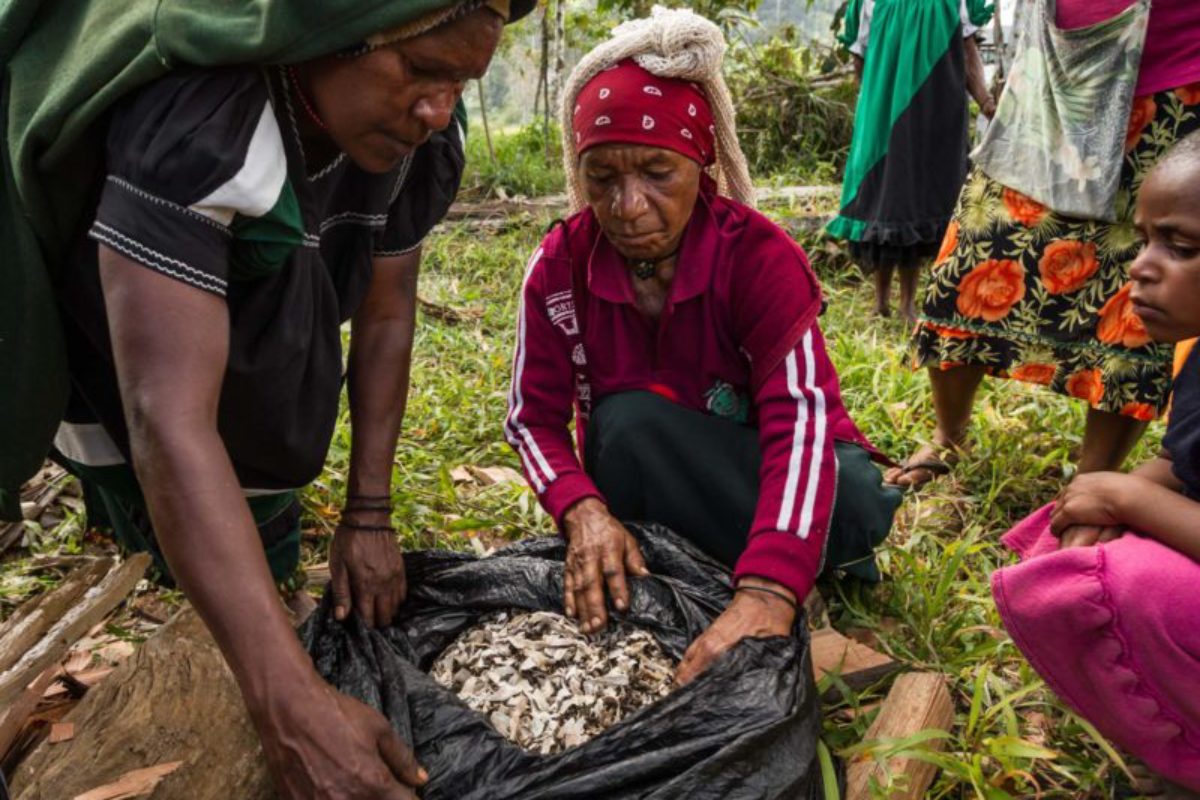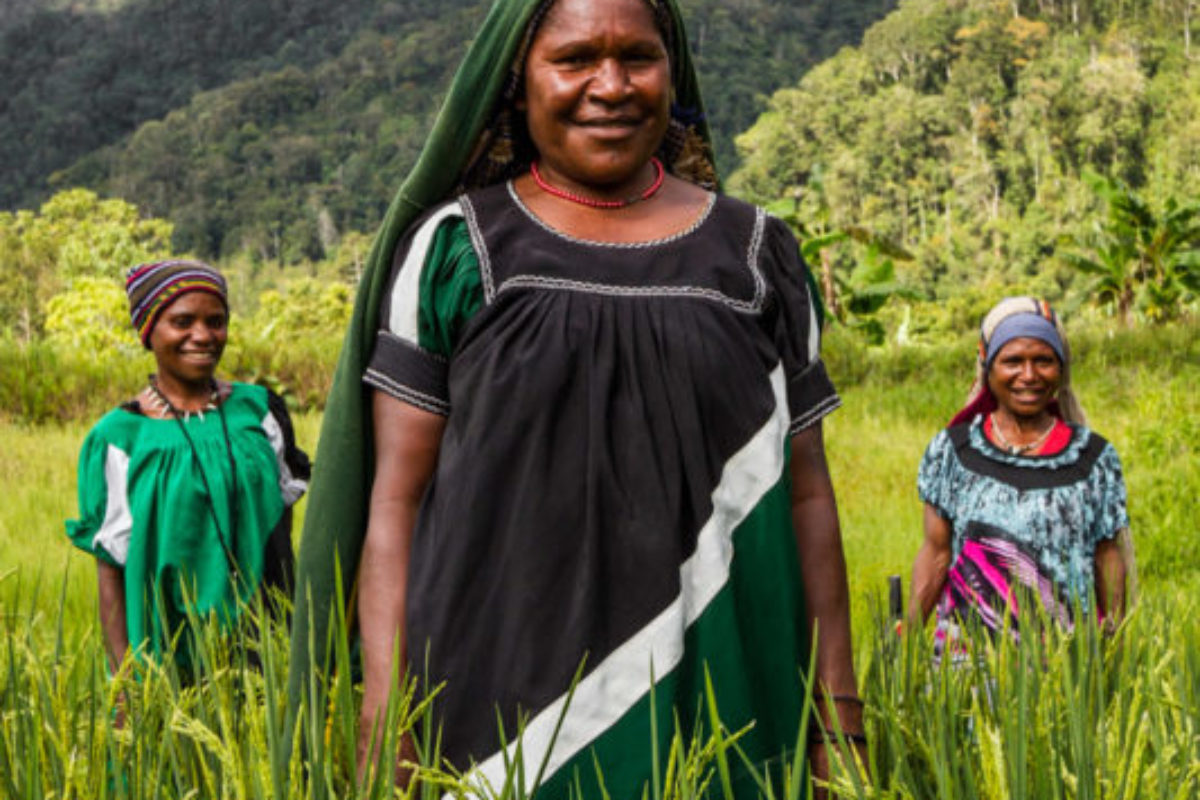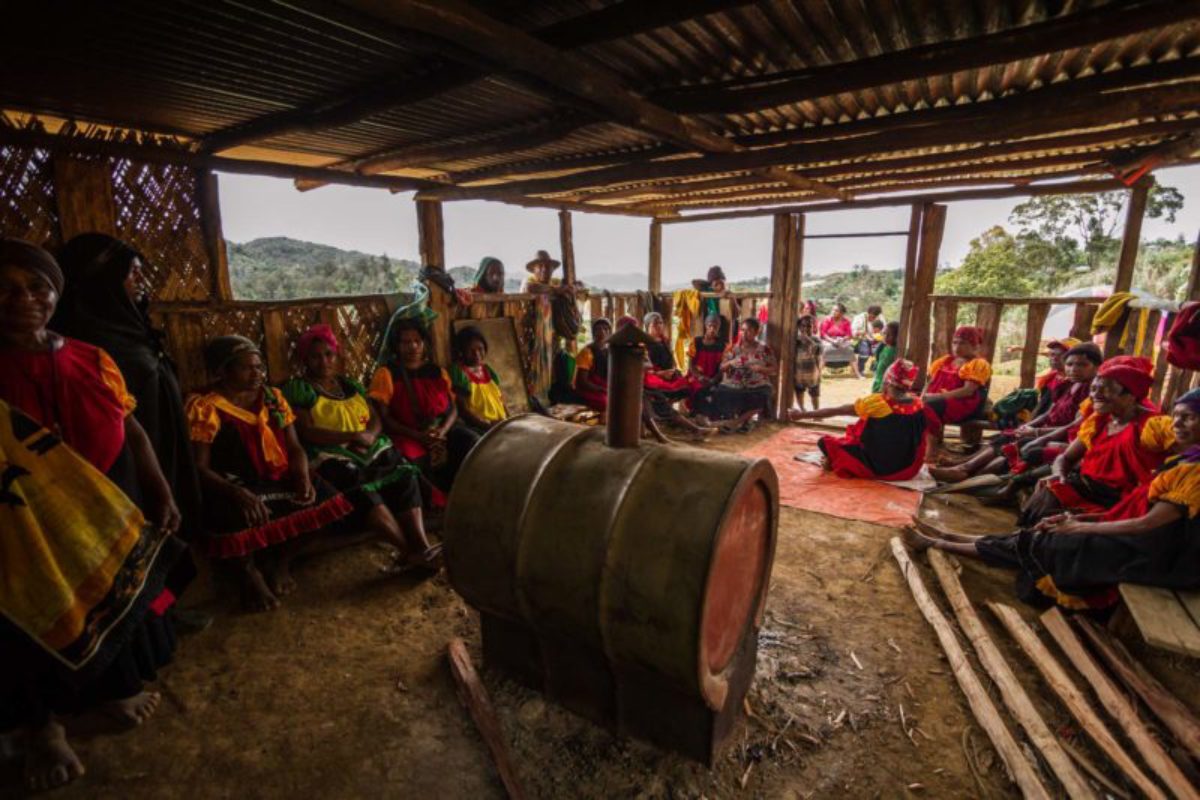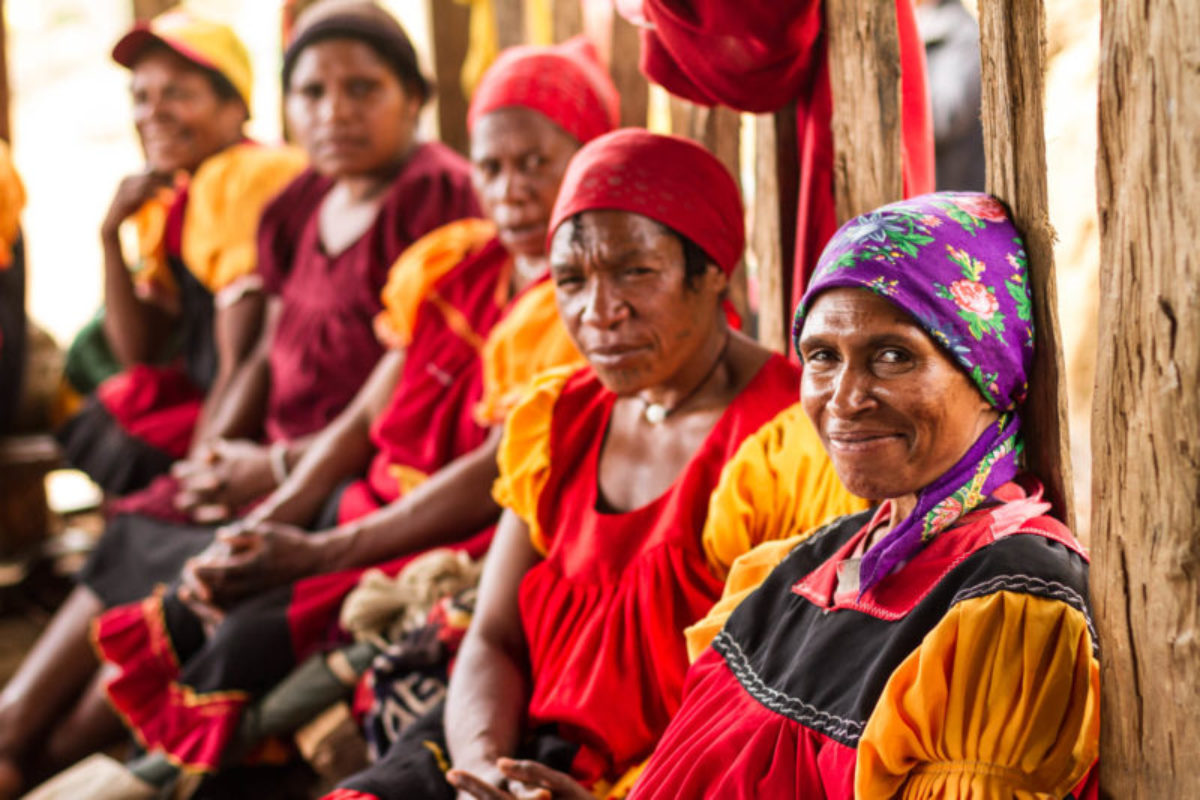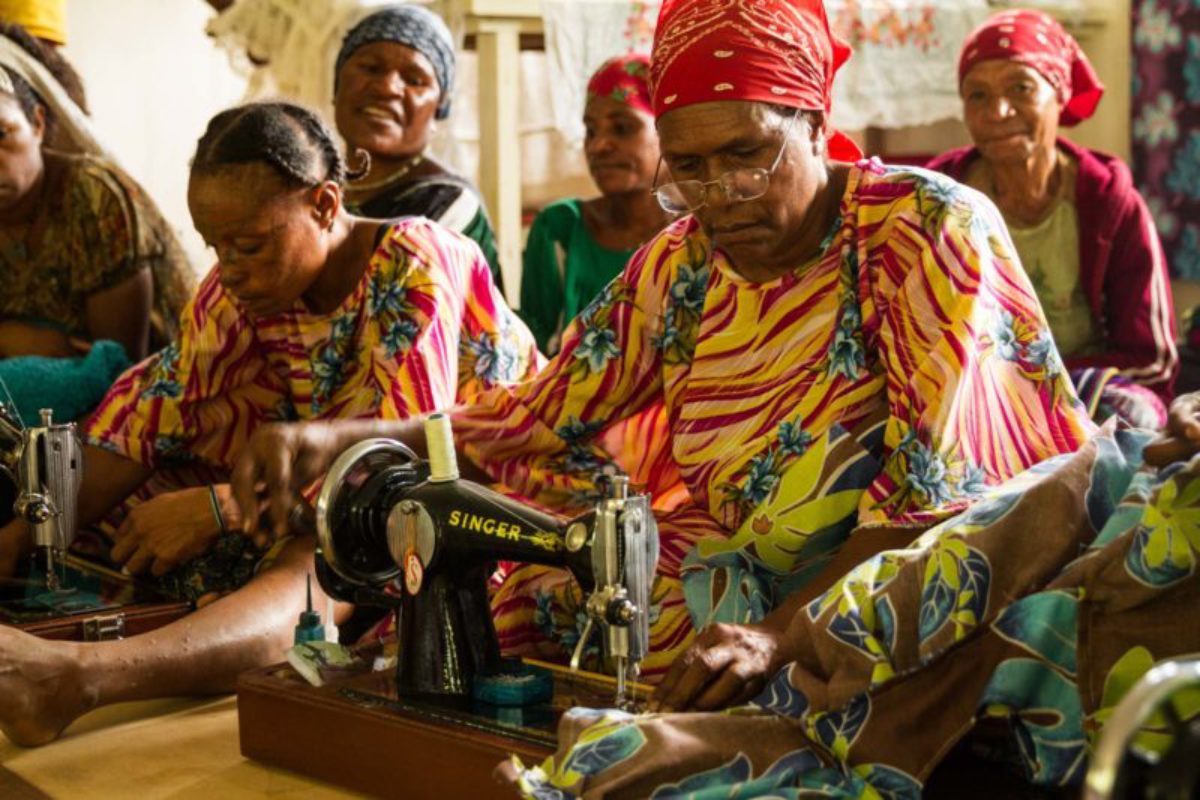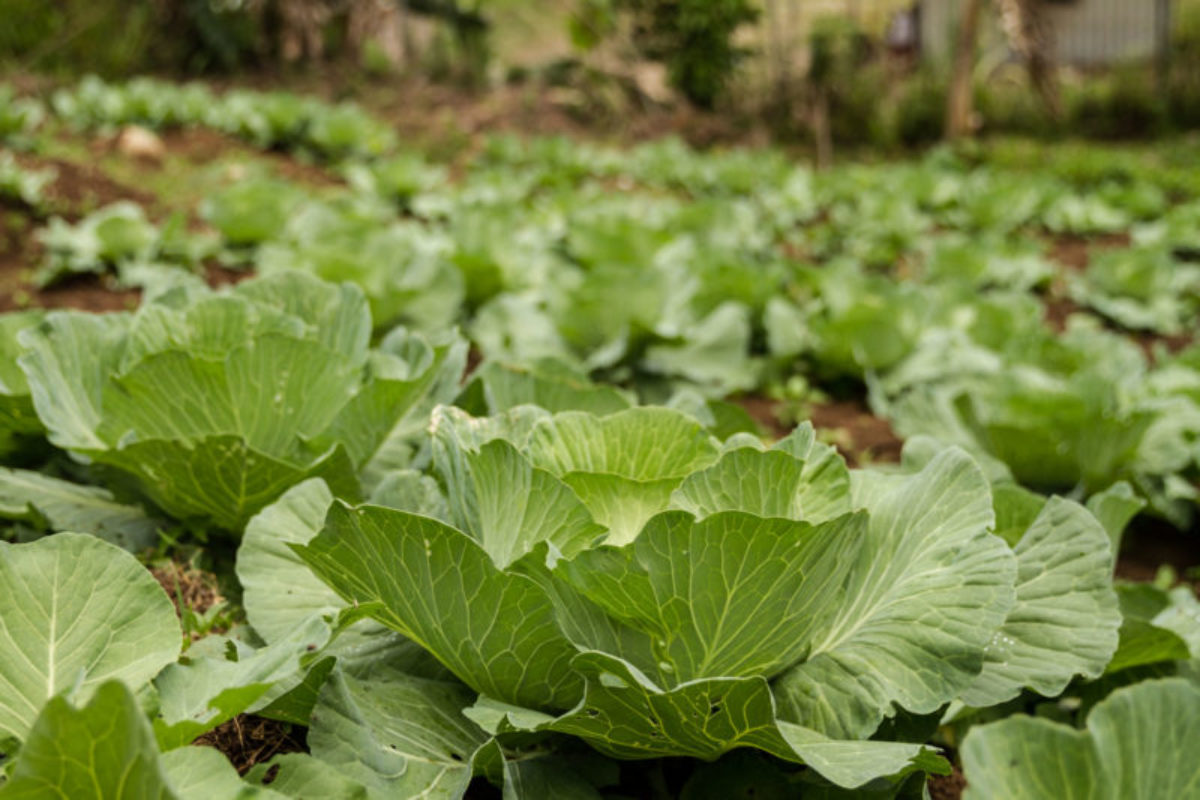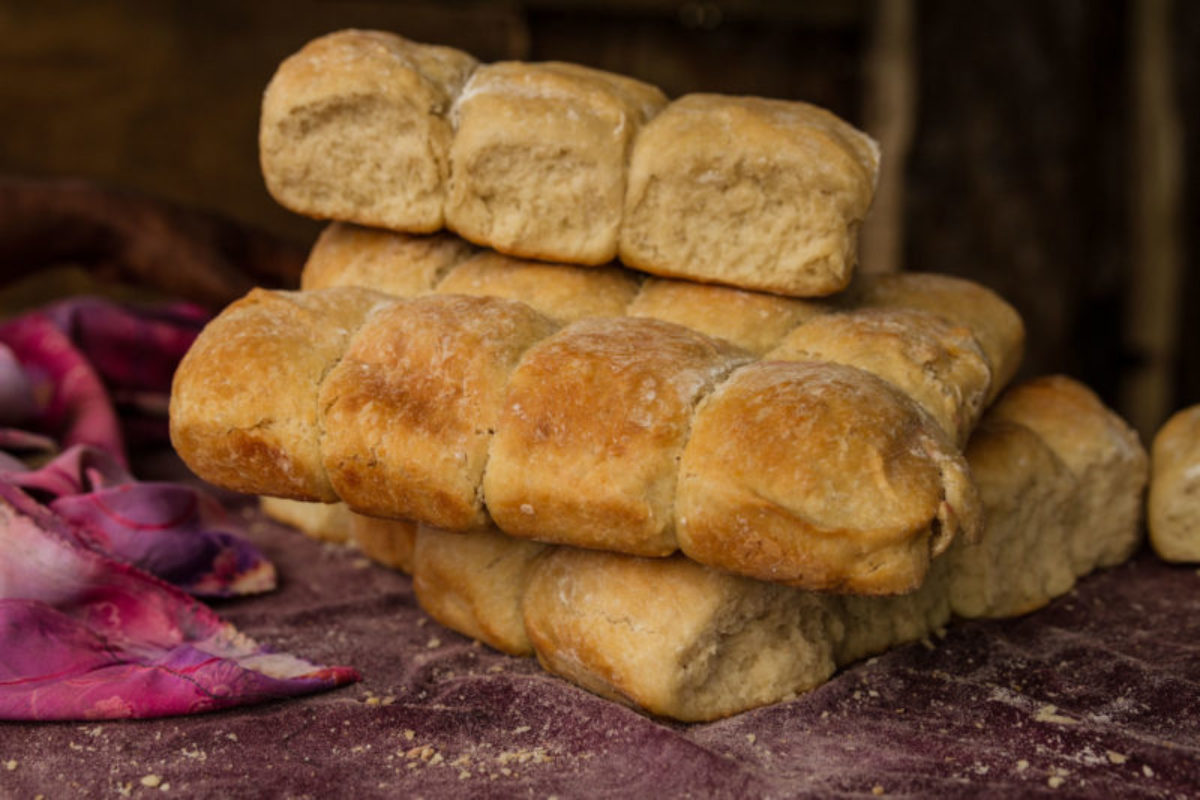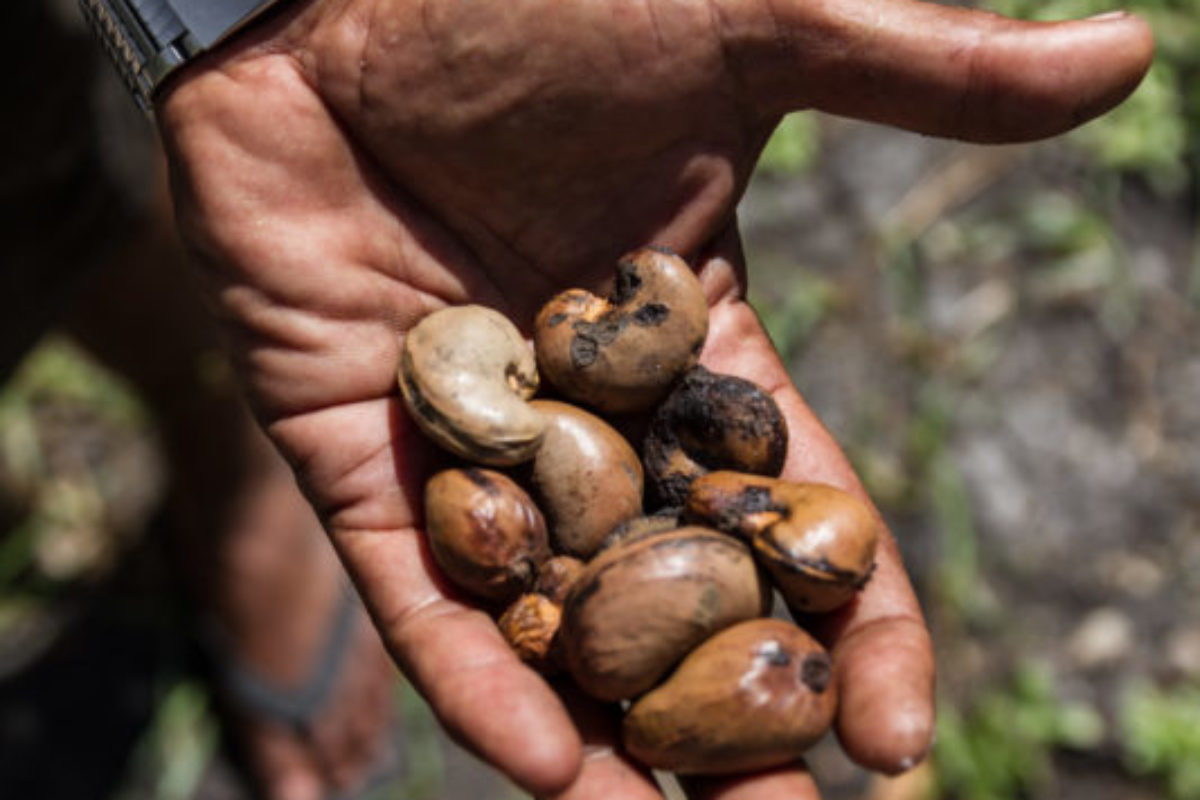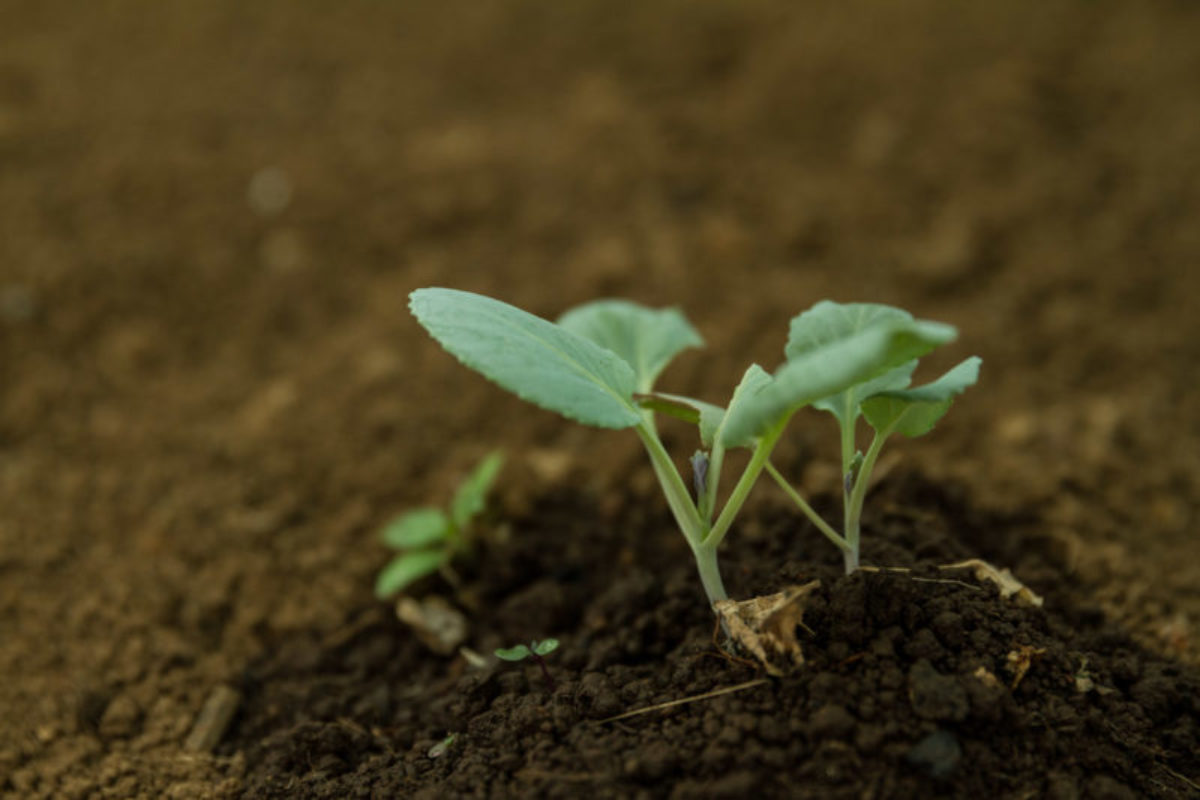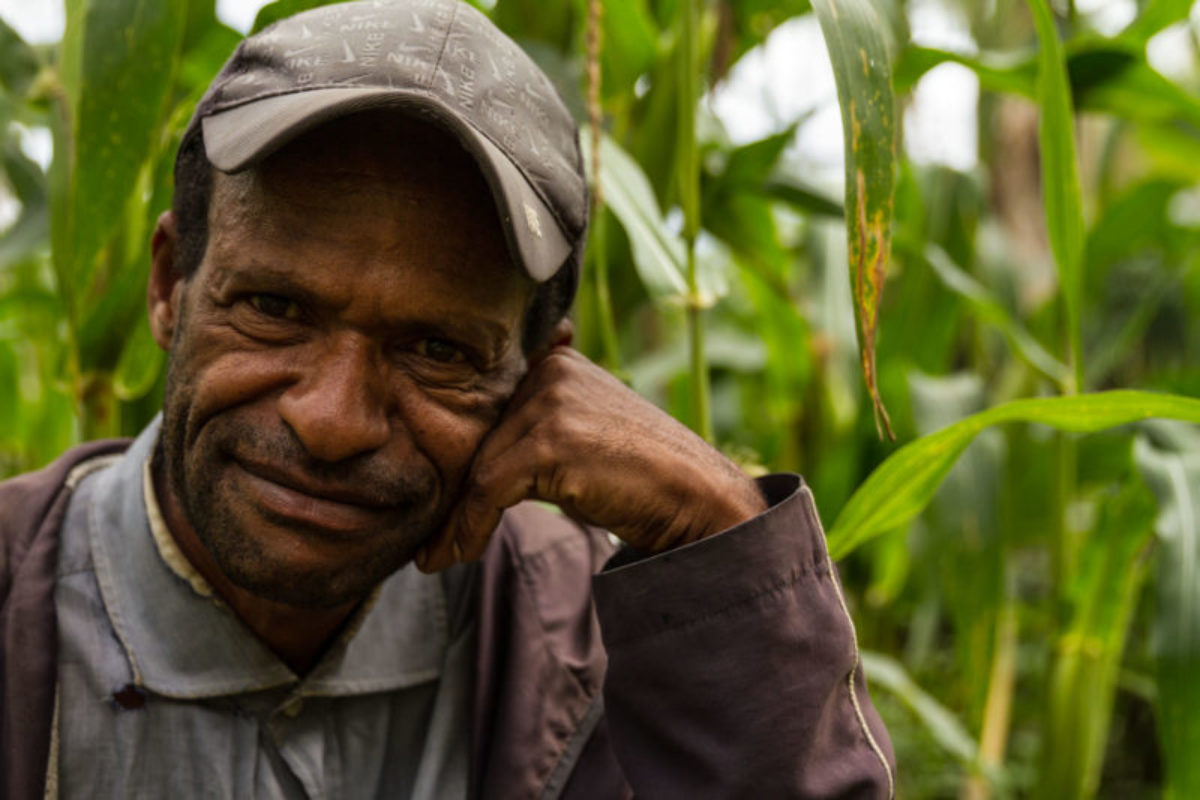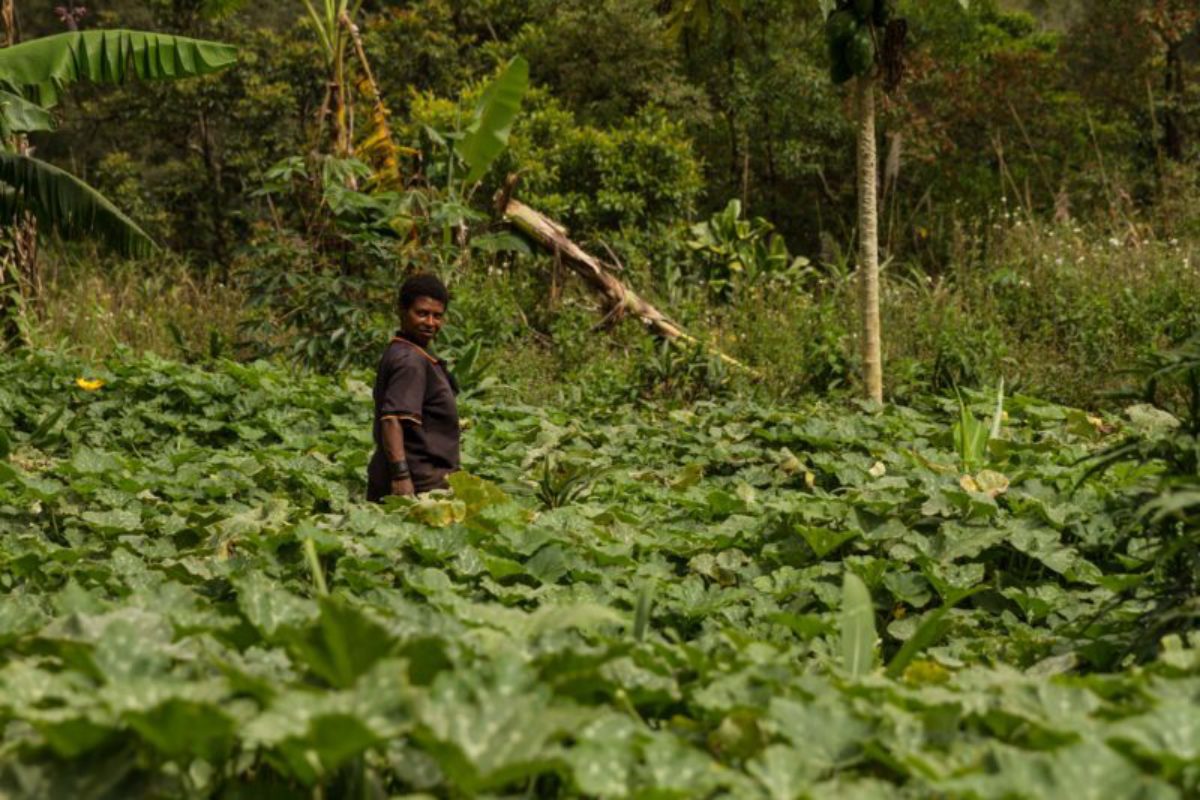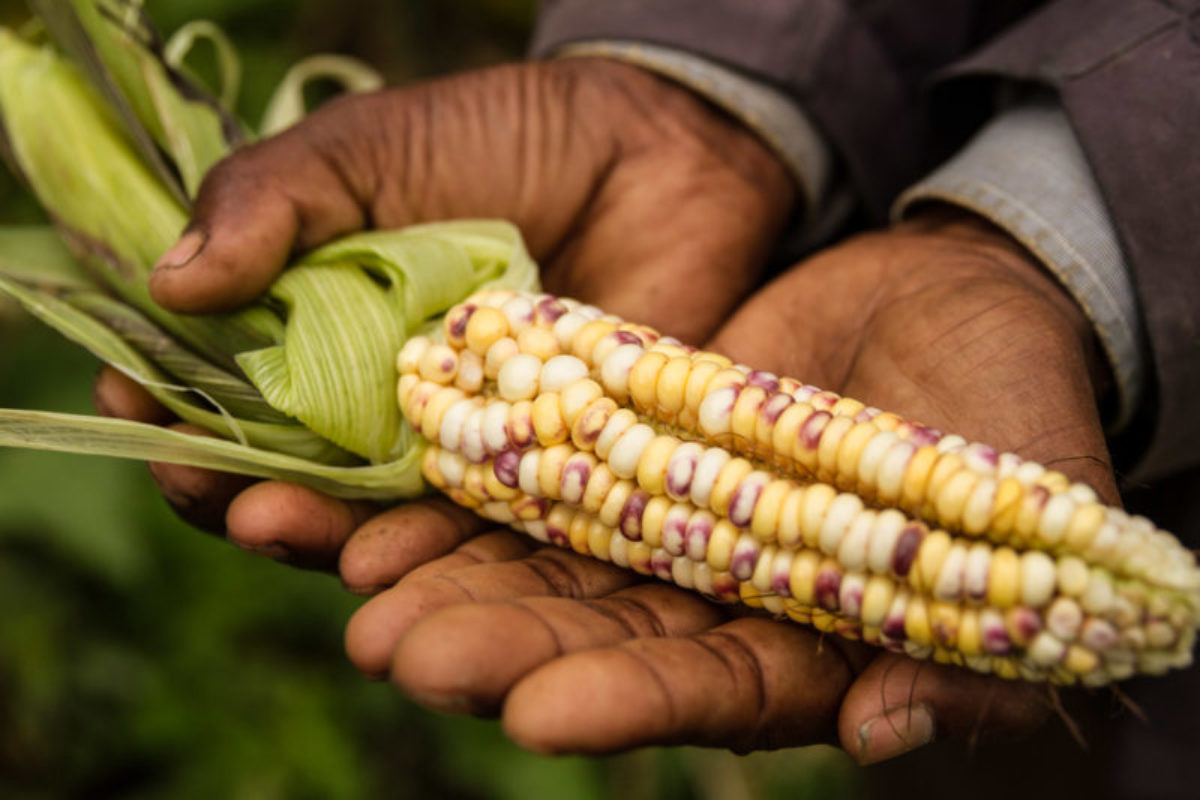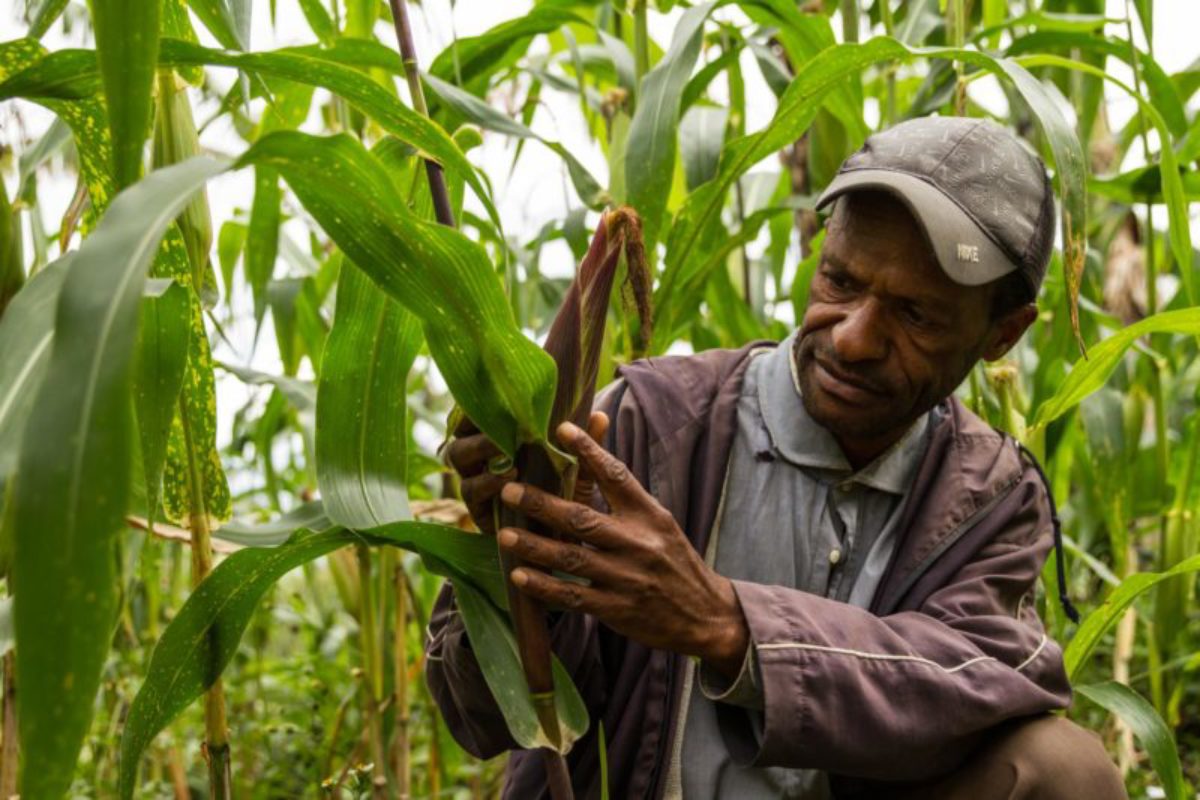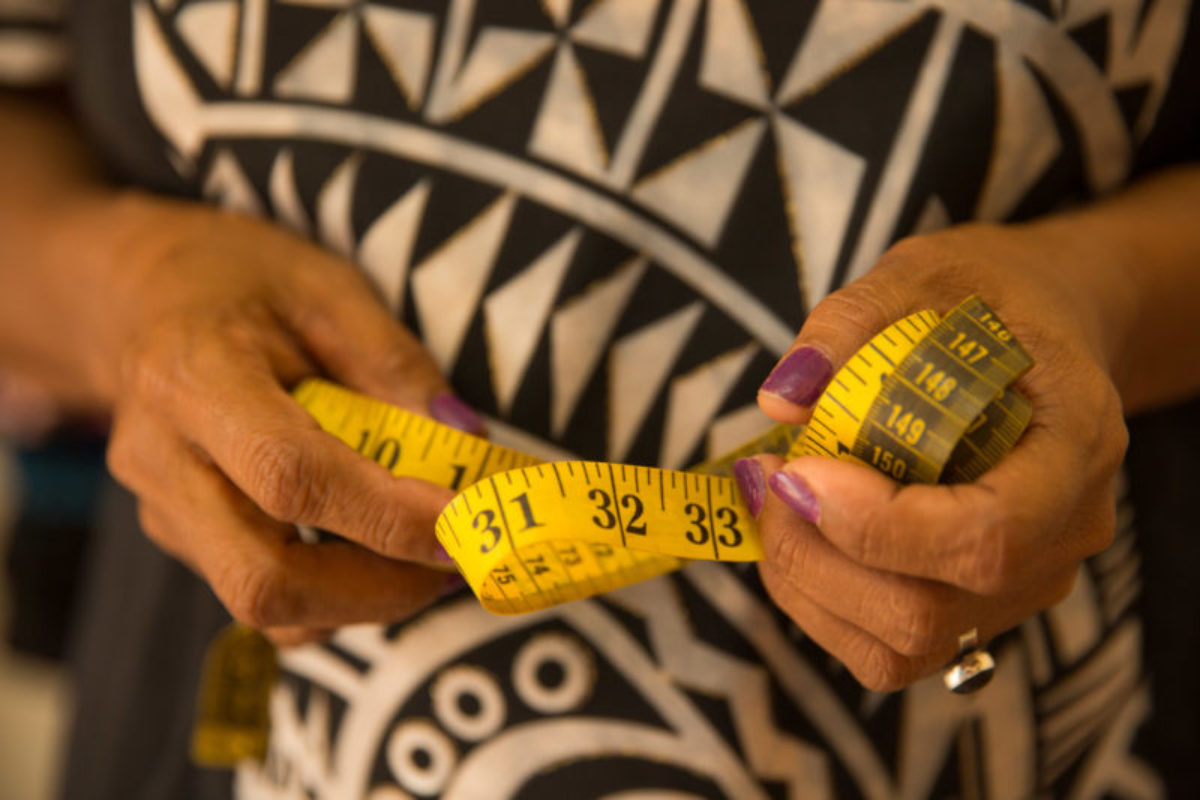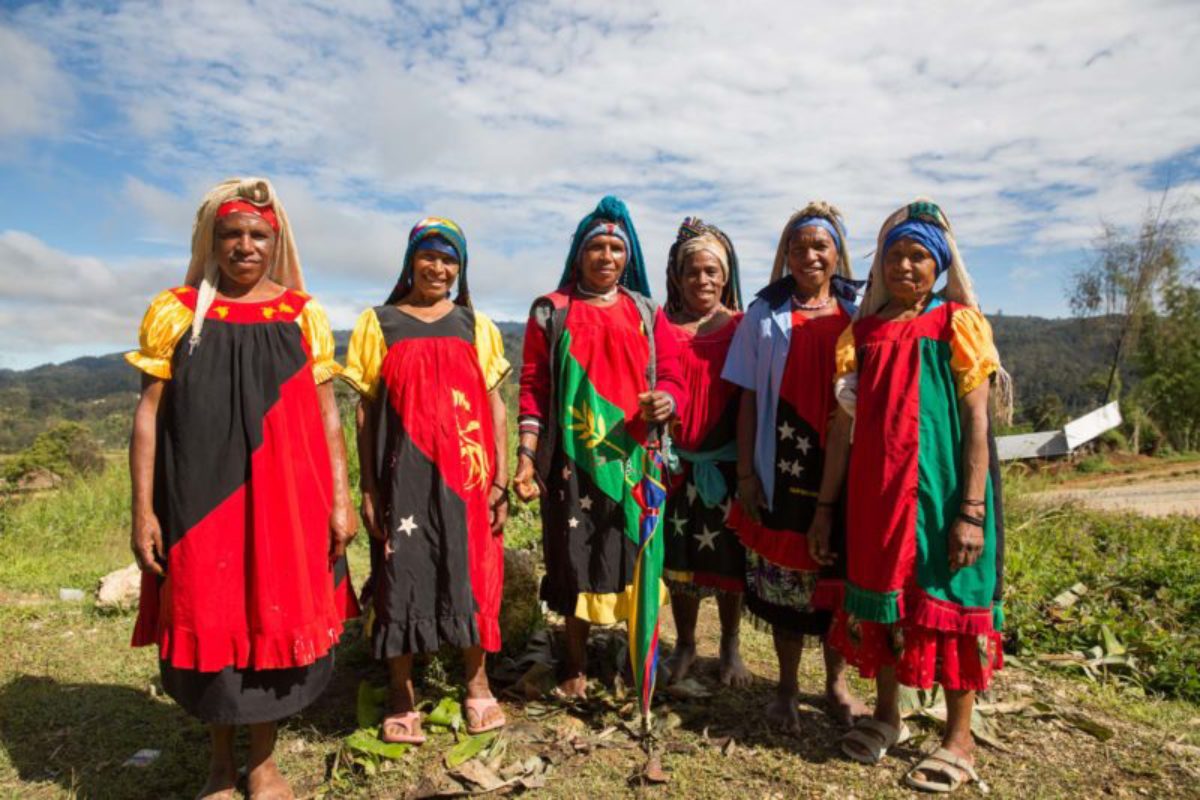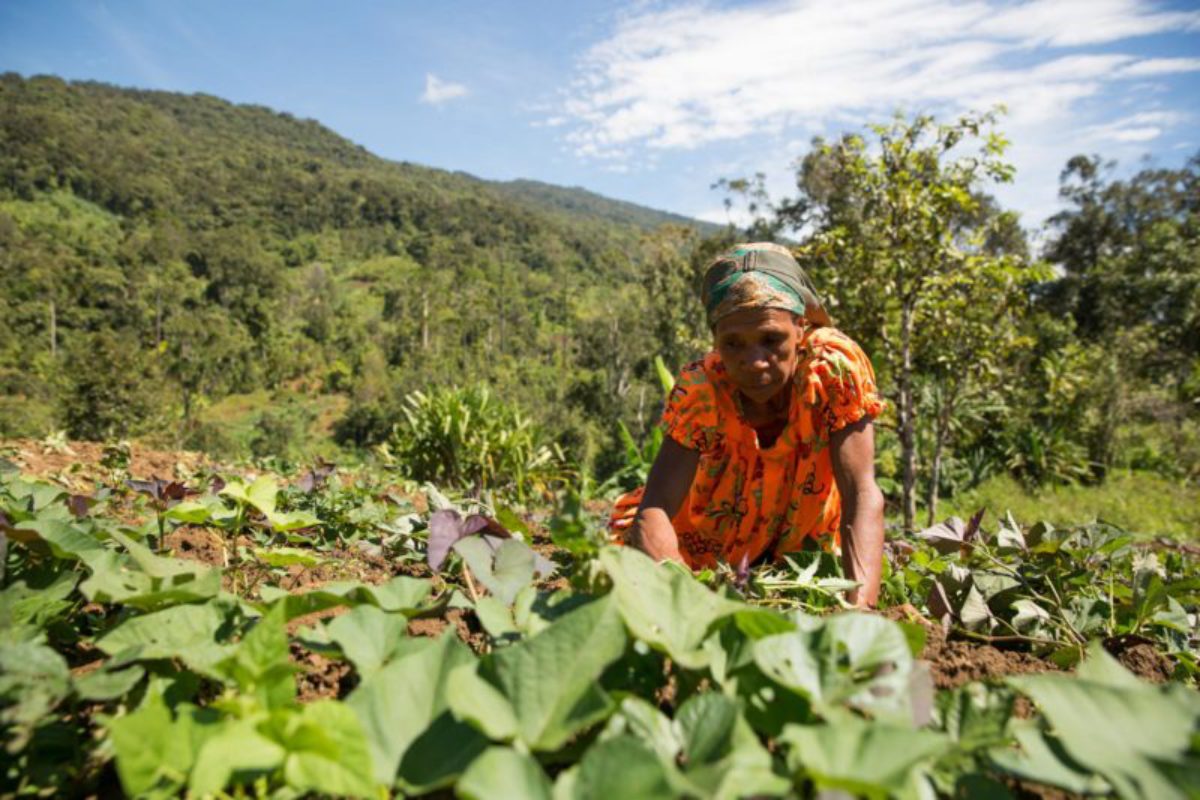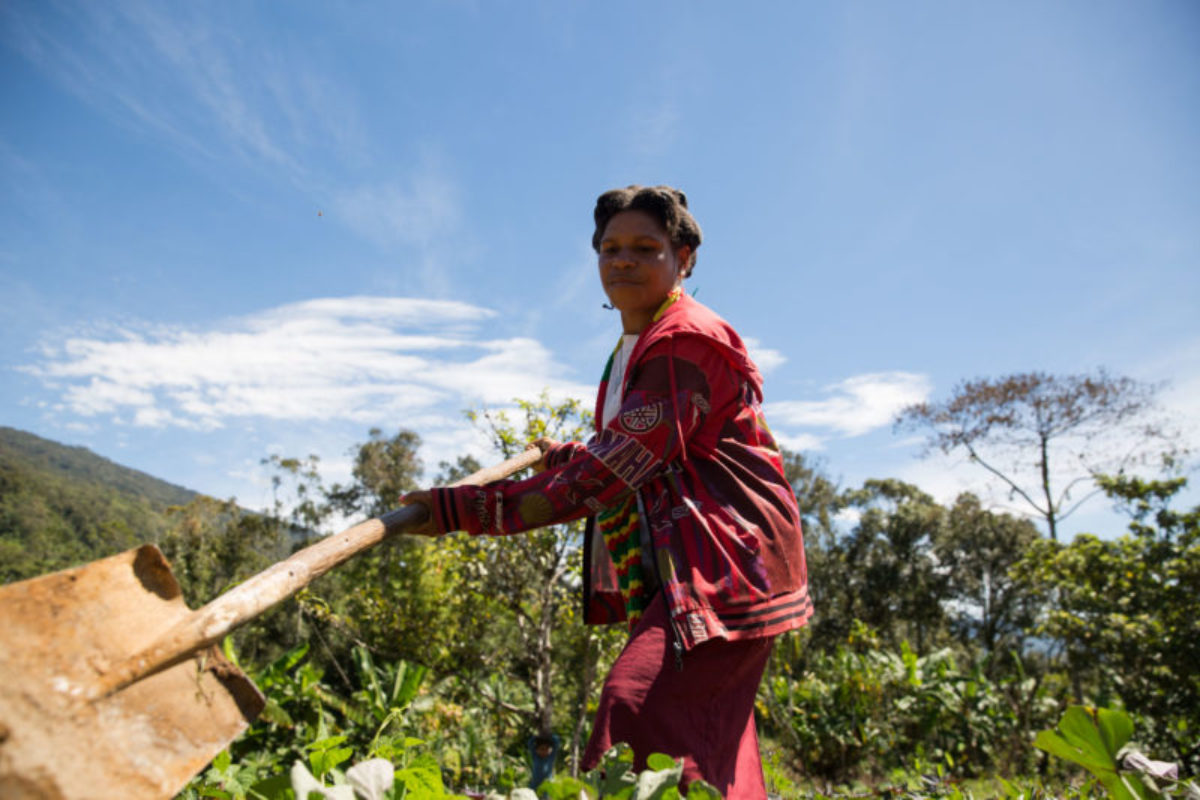Cultivating Livelihoods in Papua New Guinea
In Papua New Guinea, over six million people – approximately 87% of the population – live in rural communities. These rural areas face common challenges including extreme isolation, social tension and unrest, poor access to services, and low income-earning opportunities, making progress in the development sector extremely difficult. Despite having an economy based on a rich endowment of natural resources, including gold, timber, fish and natural gas, it is estimated that 37% of the population lives below the poverty line and human development is of the lowest in the region.
One of the most persistent myths in development is that people with traditional lifestyles must move from subsistence to the cash economy. In reality, a more sustainable approach is to combine these components to form ‘hybrid livelihoods,’ where families are able to grow food in their own gardens, sell crops in local markets, and run small businesses. A broad range of development initiatives are taking place from improving agricultural varieties, to conducting enterprise management skills training, improving access to markets, and empowering women to engage in income-generating activities. While progress is limited and gradual, these efforts are helping to sustainably build livelihoods across the country.
